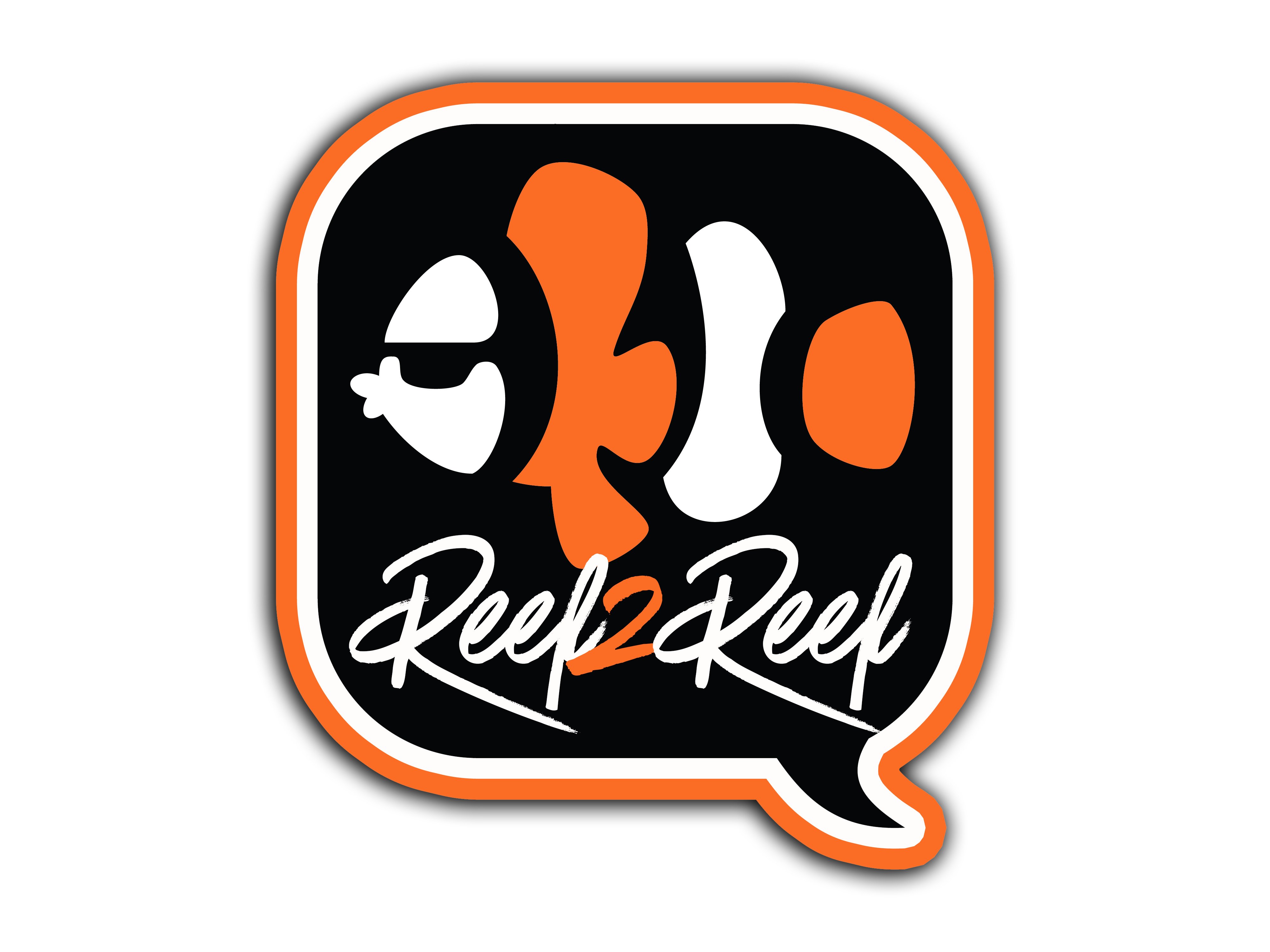Navigation
Install the app
How to install the app on iOS
Follow along with the video below to see how to install our site as a web app on your home screen.
Note: This feature may not be available in some browsers.
More options
You are using an out of date browser. It may not display this or other websites correctly.
You should upgrade or use an alternative browser.
You should upgrade or use an alternative browser.
On the walls of the aquarium - worm?
- Thread starter parkside
- Start date
- Tagged users None
I've seen these before in microscope samples I've taken from my tanks! I never assumed they were a problem, very likely a harmless scavenger. I figured they were some larval stage of annelid worm, based on the presence of tiny chaeta (hairs). I used to study Capitella teleta through university and these are very similar to the larval stages I was working with. 
vetteguy53081
Well known Member and monster tank lover
View Badges
Excellence Award
Reef Tank 365
RGB
Article Contributor
Tampa Bay Reef Keepers
West Palm Beach Reefer
Hospitality Award
Ocala Reef Club Member
305 Reef Club
Wisco Reefers
Midwest Reefer
Fish Medic
MAC of SW Florida
Rock Pool Reef Keepers
R2R Secret Santa 2023
My Tank Thread
My Aquarium Showcase
These are planaria flatworms. While they are not harmful as red planaria, they in numbers can smother bases of coral and block the needed light for production of zooxanthellae which is their energy source.Does anyone know what this is? Is it dangerous? Thanks in advance.

Removal can be accomplished by siphoning them with a 3/8" tubing into a nylon stocking and discard
OR
Add a wrasse such as Yellow coris, , lunare or malanurus OR even a springieri damsel which will eat them
For the next 2 weeks you will have to look for eggs and scrape off outside of tank.
Looks like it may be a Dinophilid of some variety:
Edit: Oh, and welcome to Reef2Reef!I'm not great with microscopic ID's, but I'm thinking it's a Polychaete (Bristle Worm) of some kind. The closest looking one I know at the moment is Dimorphilus gyrociliatus (formerly known as Dinophilus gyrociliatus) which is documented as being found along the East Coast of the US and around parts of Europe, but I'm not sure if it's the same species as the worms the OP has or not.
Last edited:
Just curious what made you come to this conclusion? Are you basing this on anatomy or previous experience? I'm no expert, but I have worked with worms and the physical characteristics of this sample don't scream flatworm to me. The cell wall is defined, there appear to be segments with chaeta, and the digestive system is not similar to that of Planaria sp. That being said, reef safe wrasses as mentioned are fantastic and utilitarian additions to any tank!These are planaria flatworms. While they are not harmful as red planaria, they in numbers can smother bases of coral and block the needed light for production of zooxanthellae which is their energy source.
Removal can be accomplished by siphoning them with a 3/8" tubing into a nylon stocking and discard
OR
Add a wrasse such as Yellow coris, , lunare or malanurus OR even a springieri damsel which will eat them
For the next 2 weeks you will have to look for eggs and scrape off outside of tank.
vetteguy53081
Well known Member and monster tank lover
View Badges
Excellence Award
Reef Tank 365
RGB
Article Contributor
Tampa Bay Reef Keepers
West Palm Beach Reefer
Hospitality Award
Ocala Reef Club Member
305 Reef Club
Wisco Reefers
Midwest Reefer
Fish Medic
MAC of SW Florida
Rock Pool Reef Keepers
R2R Secret Santa 2023
My Tank Thread
My Aquarium Showcase
BothJust curious what made you come to this conclusion? Are you basing this on anatomy or previous experience? I'm no expert, but I have worked with worms and the physical characteristics of this sample don't scream flatworm to me. The cell wall is defined, there appear to be segments with chaeta, and the digestive system is not similar to that of Planaria sp. That being said, reef safe wrasses as mentioned are fantastic and utilitarian additions to any tank!
Planaria:
Similar threads
TOP 10 Trending Threads
- Replies
- 213
- Views
- 3,269
- Replies
- 26
- Views
- 466
-
- Poll
- Replies
- 52
- Views
- 1,580
- Replies
- 62
- Views
- 1,471
- Replies
- 20
- Views
- 217
New Posts
-
-
-
Live Goods Tank Teardown: Fish & Inverts + Lots of Nice Equipment
- Latest: FreeEnergyReefer













